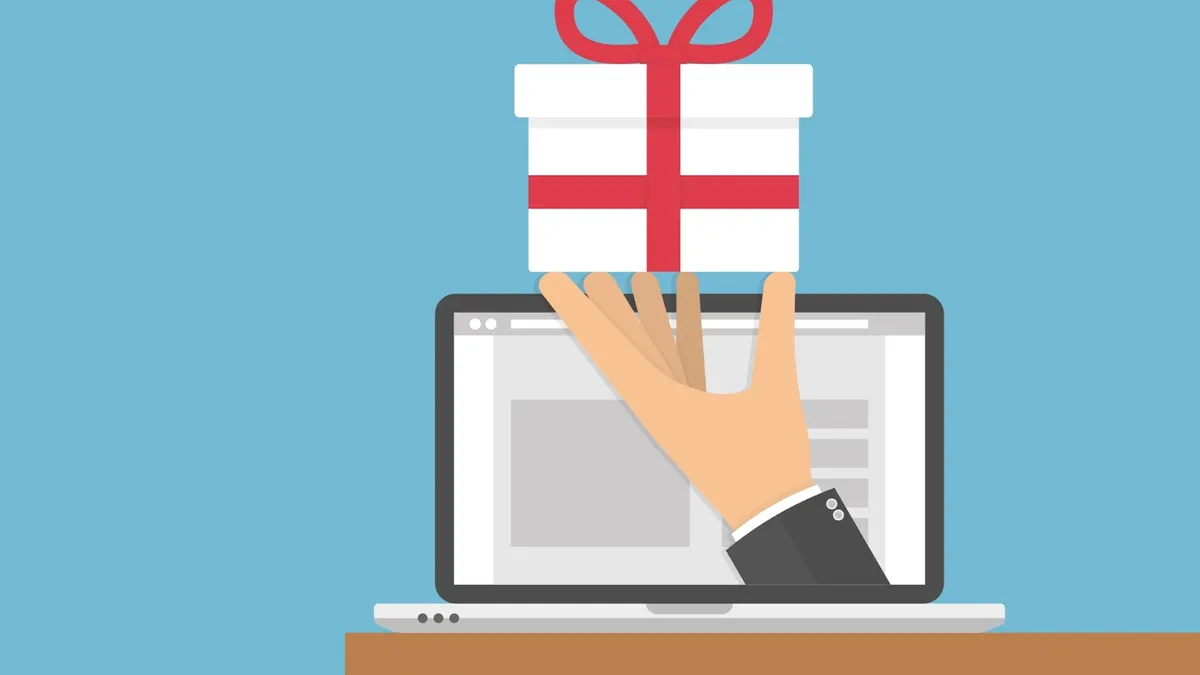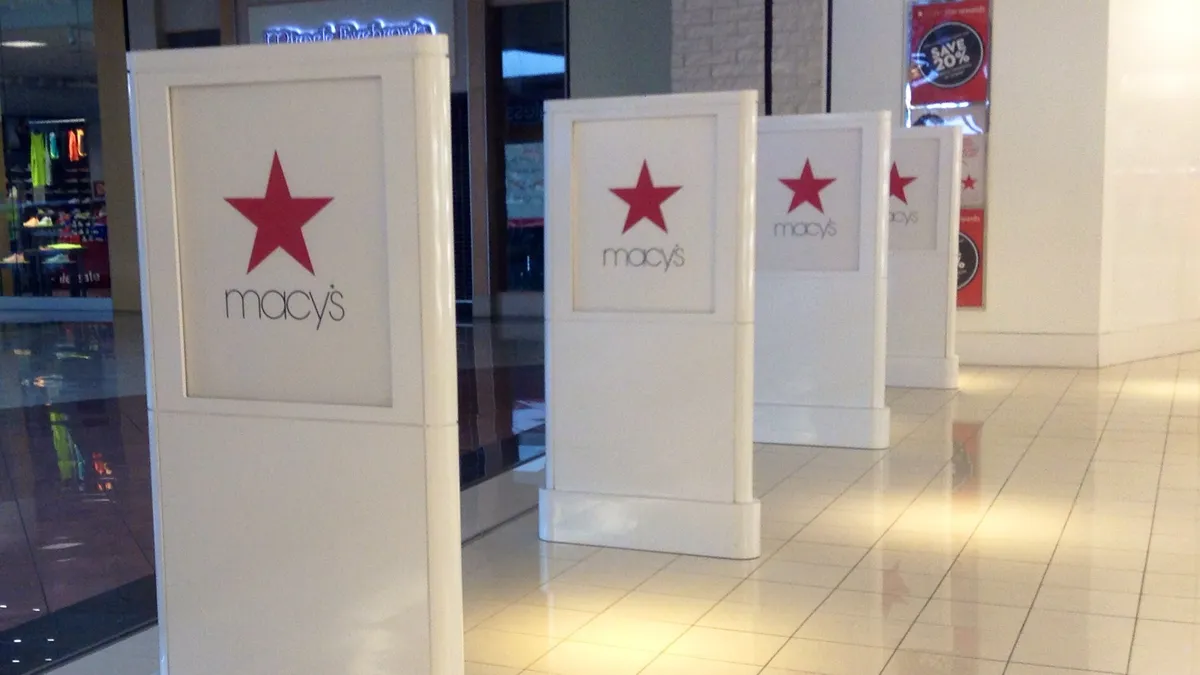The holiday season will be upon us in just a few short months, and it’s no secret that the “most wonderful time of the year” is without a doubt, the biggest sales period around the world. According to the National Retail Federation, 2016’s holiday retail sales climbed 4%, which led to $658.3 billion in sales. As sales grow each year, consumers continue to take advantage of these holiday deals. Whether consumers get a head start on their holiday shopping or wait until the last minute, their goal is to complete their holiday gift list. The question for you is, how are you taking advantage of the holiday season? If you want your holiday sales to be merry and bright, you’ll need a solid email marketing plan.
Like it or not, all marketers need to dig into data to improve campaigns. By looking at holiday data from the previous year, you can find insights and statistics that can help boost holiday sales and conversions.
Our Research:
To find insights on holiday email campaigns, we monitored an inbox that was receiving messages from 500 retailers, focusing on emails received during the 2016 holiday season (October-December). During this period, we received 12,597 emails. We searched for specific holiday-related keywords, such as Black Friday, Boxing Day, Christmas, Cyber Monday, Free Shipping Day, Green Monday, Hanukkah, Holiday, Kwanzaa, Small Business Saturday and Super Saturday.
Out of all the emails we received during the holiday season, 39% contained a holiday keyword.
October: Get ahead of the Holidays
With the holiday season kicking off earlier each year, retailers should start sending out their holiday campaigns in October, especially considering that the NRF found 41% of consumers already started holiday shopping by then. In our inbox/sampling of 500 retailers, only 31% sent holiday related emails in October, with more than half of those focusing on early holiday shopping. As more consumers begin their holiday shopping before October, retailers should focus on finding different ways to start building excitement for November and December.
While we received a few emails prior to October 1, the majority of the first holiday emails we received arrived on November 7.
Emphasizing the holidays in advance can “ease in” shoppers and keep your brand top-of-mind. You may ask, how can I do this? A great example would be creating a gift guide. According to the NRF, 49% of early holiday shoppers want to avoid crowds and stress. A gift guide can create an easy, stress-free shopping experience for the typical early bird or provide ideas for shoppers looking to purchase closer to the holidays. By promoting your holiday campaign early, you begin attracting potential customers and easing them in weeks beforehand so they’ll be ready with cash in hand when it comes time to shop.
November: ‘Tis the Season for Deals
According to NRF, more than half of consumers already begin their holiday shopping before the Thanksgiving weekend. The majority focus their main shopping in November, and with a 17% increase in spending Thanksgiving through Cyber Monday (according to ComScore), there are plenty of opportunities to engage customers.
In our inbox, more than half of the emails received on Black Friday and Cyber Monday included a sale. Retailers know the holidays drive immense amounts of revenue, and the volume of email sent out goes through the ceiling, but that doesn’t mean success will be easy for your holiday campaign. This is the time you need to stand out from the crowd and be conscious of major shopping days. There are predictable patterns to when purchases will peak during the holiday season, so keep the Thanksgiving weekend and Cyber Monday in mind. One tip you could consider would be sending Black Friday and Cyber Monday campaigns earlier this year. Consumers will be bombarded with emails, so getting into a shopper’s head when they’re planning holiday shopping strategy is crucial to capture potential customers. We found that more than half of Black Friday-related emails we received were sent prior to Black Friday, while Cyber Monday had fewer than half of Cyber Monday-related emails sent before Cyber Monday.
With key dates in mind, you could see some truly magical results for your efforts in November.
December: Last Chance!
Black Friday and Cyber Monday may be over by now, but December is still a huge month for consumers’ holiday spending. Despite the mayhem in November, many retail categories still saw their biggest numbers in the month of December last year. According to the NRF, on December 16, 90% of people were still holiday shopping. This is a huge opportunity for retailers to emphasize action.
With 9 out of 10 consumers still looking to complete their holiday gift lists, you can imagine they could be in panic mode. An idea to ease the minds of stressed shoppers could be to utilize Super Saturday. For those who haven’t finished holiday shopping yet, this is the perfect time to highlight limited time offers, discounts, and fast free, free shipping. Our inbox saw that more than 80% of holiday emails sent in December offered free shipping, while only 10% emphasized when the key shipping dates were to get orders in time for the holidays.
Don’t forget post-holiday. At the end of December, encourage subscribers to use those gift cards, purchase accessories that add extra value to gifts they’ve received, or reassure shoppers to get what they really wanted. According to NRF, 58% percent of consumers plan to buy for themselves after the holiday season.
Conclusion:
Q4 provides an opportunity for your company to introduce holiday email marketing campaigns to land some big sales. Holiday data from previous years can be used to improve campaigns and provide more opportunities to boost sales and conversions. By using this data, you can “unwrap” your potential and have a holiday season full of success.
About the Author
Shane M. Swisher is Senior Director, Corporate Communications for Listrak.










